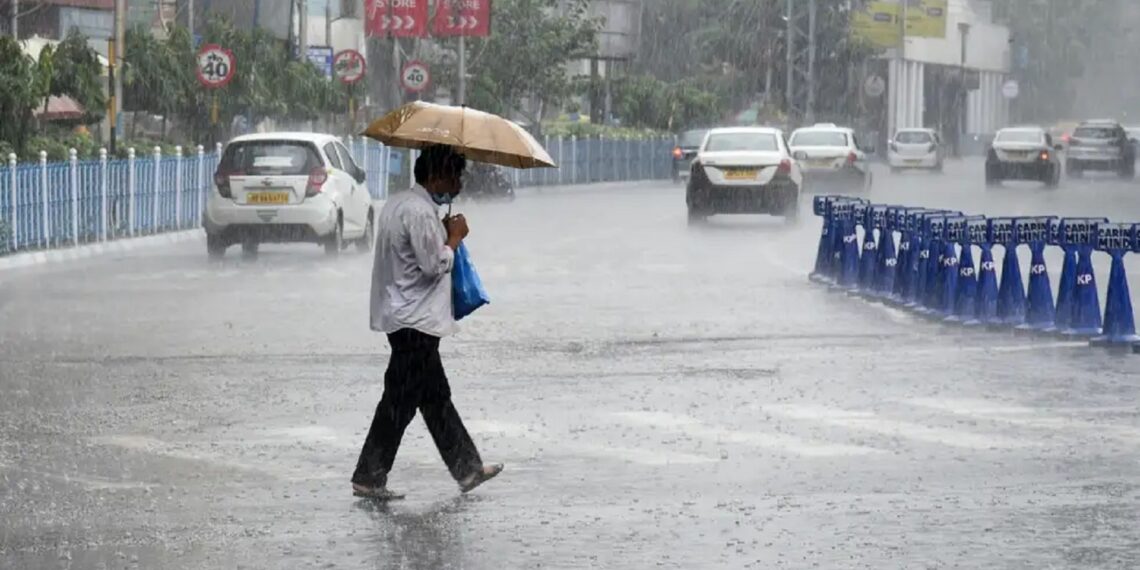GUWAHATI: As August nears its conclusion, the India Meteorological Department (IMD) has projected a continuation of heavy to very heavy rainfall over Arunachal Pradesh, Assam, and Meghalaya today. While much of the country anticipates a drier week ahead, Northeast India seems to have reserved the last remnants of August’s monsoon deluge.
With the receding monsoon’s impact, the IMD has reduced its significant weather alerts across Northeast. A ‘yellow watch’, indicating a need for updates, is in place for all states on Monday. Subsequently, the alert will be sustained only for Assam and Meghalaya on Tuesday, before dissipating from the entire region by Wednesday.
The IMD’s analysis indicates that the eastern end of the monsoon trough will maintain an active state into the coming month forming a cyclonic circulation in the vicinity of west Assam, ushering in ample moisture for the region.
Forecasted conditions for Northeast India suggest a series of light to moderate rainfall episodes, accompanied by thunderstorms electrified by lightning, until September 1.
Certain regions within these states may experience heavier showers, with precipitation ranging from 64.5 mm to 115.5 mm during this period. Notably, the IMD has also predicted instances of very heavy rainfall, ranging from 115.6 mm to 204.5 mm, over Assam and Meghalaya today.
Key cities within the Northeast, including Itanagar in Arunachal, Guwahati in Assam, and Shillong in Meghalaya, are poised for a wet week, with one to two thundershower occurrences expected until Friday.
In terms of August’s rainfall performance, Arunachal Pradesh stands out as one of the few states exceeding the norm. The state has received 375 mm of rain this month, surpassing the 304 mm average.
Meanwhile, Assam and Meghalaya have experienced relatively normal rainfall patterns, collectively recording 333 mm so far in August. This total is only 4% below the standard of 348 mm. Similarly, the states within the N.M.M.T. (Nagaland, Manipur, Mizoram, and Tripura) region have seen 274 mm of rainfall, which is 6% below the usual 290 mm mark.















